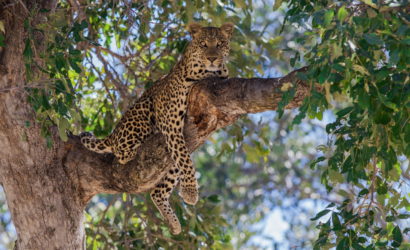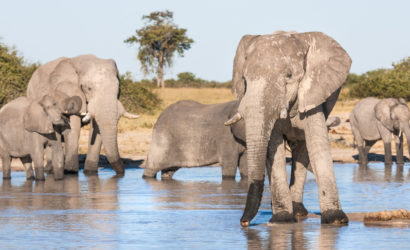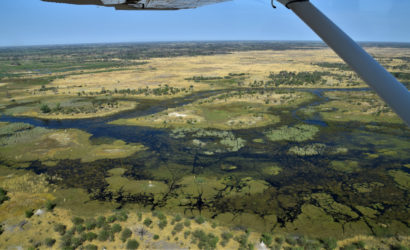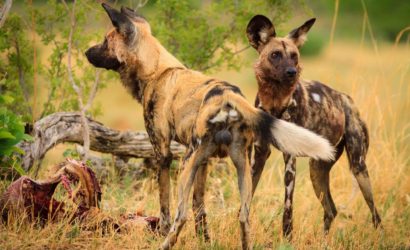Makgadikgadi Pans
"The vast expanse of the Makgadikgadi salt pans, with its shimmering white surface stretching out as far as the eye can see, is a breathtakingly beautiful and mesmerizing sight to behold."
Makgadikgadi Pans National Park is a protected wildlife reserve in northeastern Botswana, known for its expansive salt pans, unique desert-adapted wildlife, and breathtaking landscapes.
The Maun-Nata tar road is the only thing that separates the Makgadikgadi Pans National Park from the Nxai Pan National Park, with both forming a cohesive unit. The Boteti River marks the western boundary, while the Ntwetwe Pan marks the southwestern border. These parks are located on the western edge of the expansive Makgadikgadi salt pans, which are situated southeast of the Okavango Delta. The Makgadikgadi salt pans are among the largest in the world, comprising two large and numerous small pans, with a total area of over 8400 km². The entire pan system covers more than 16000 km² in total.
Wildlife In Makgadikgadi Pans
Prepare to be enthralled by the sheer magnificence of the zebra migration at Makgadikgadi Pans, an awe-inspiring natural wonder that boasts the second-largest land animal migration on the planet, occurring twice annually.
Plains zebra | Wildebeest | Gemsboks(Oryx) | Springbok | Kudu | Giraffe | Lion | Cheetah | Hyena | Meerkats | Black-backed jackal | Bat-eared fox | African wild dog | Leopard | Elephant (occasional sightings)
Bird life in Makgadikgadi Pans
The birding life at Makgadikgadi Pans is diverse, with a wide variety of species inhabiting the region’s varied habitats, providing a captivating and enchanting experience for bird lovers.
Abdim’s stork | African fish eagle | Black bustard | Black-cheeked waxbill | Black-winged stilt | Bronze-winged courser | Burchell’s coucal | Burchell’s courser | Dusky lark | Gabar goshawk | Great white pelican | Greater flamingo | Hartlaub’s babbler | Kori bustard | Lesser flamingo | Martial eagle | Meyer’s parrot | Ostrich | Pied avocet | Pink-backed pelican
Best Time To Visit Makgadikgadi Pans
The Dry Season: May to October
Grasslands dry out and the pans form a layer of bleached and blinding white salty clay, there isn’t as much wildlife to be seen. Pans can be very dusty around august
The Wet Season: November to April
It’s green and lush and welcomes the largest African animal migration. It is also best for bird watching. Roads might be muddy and flooded in places.








